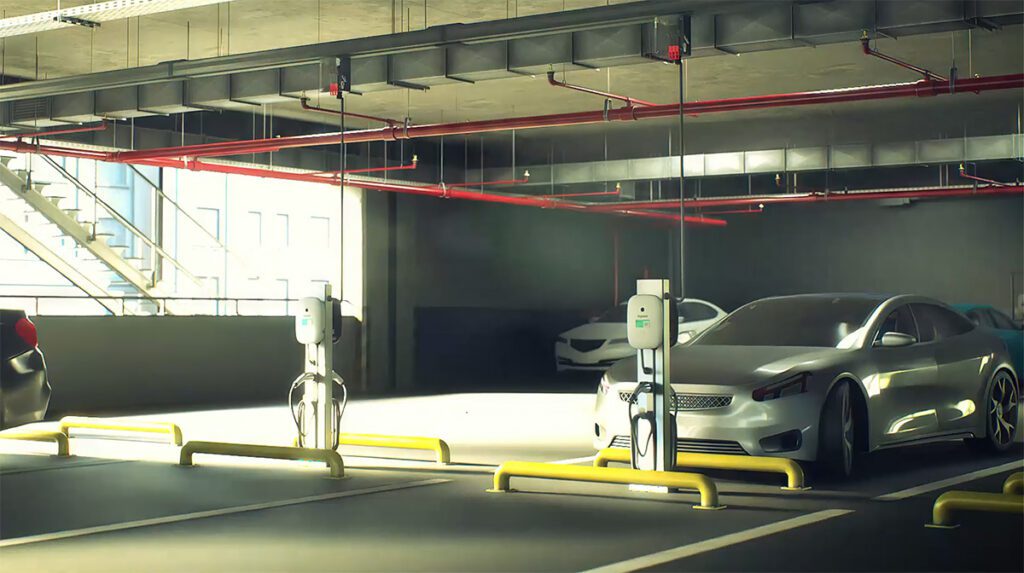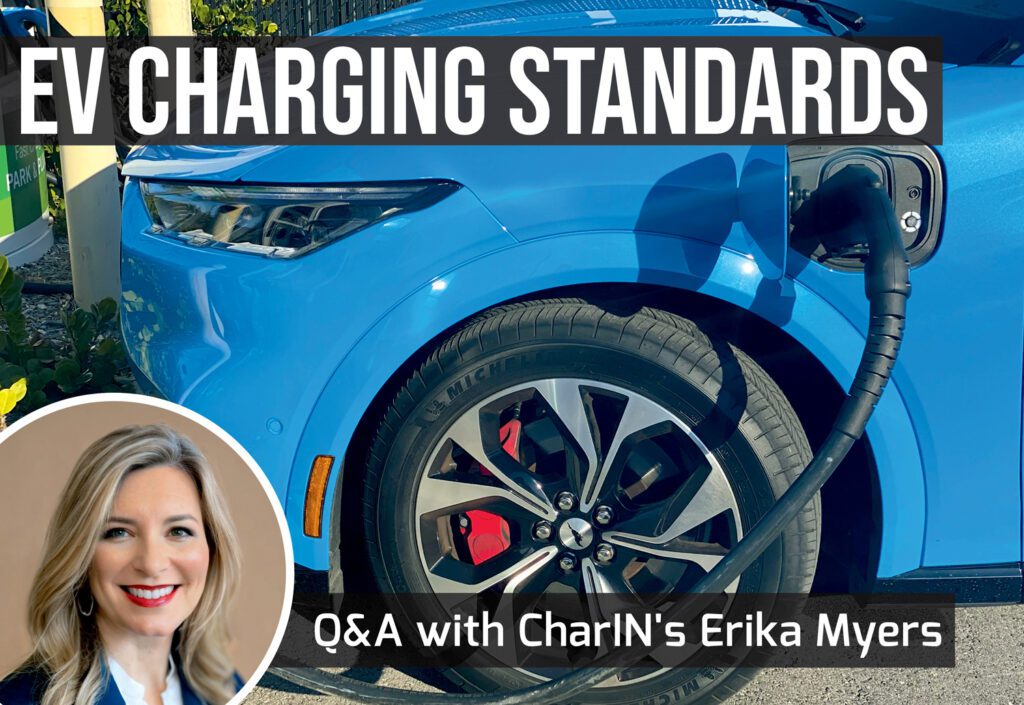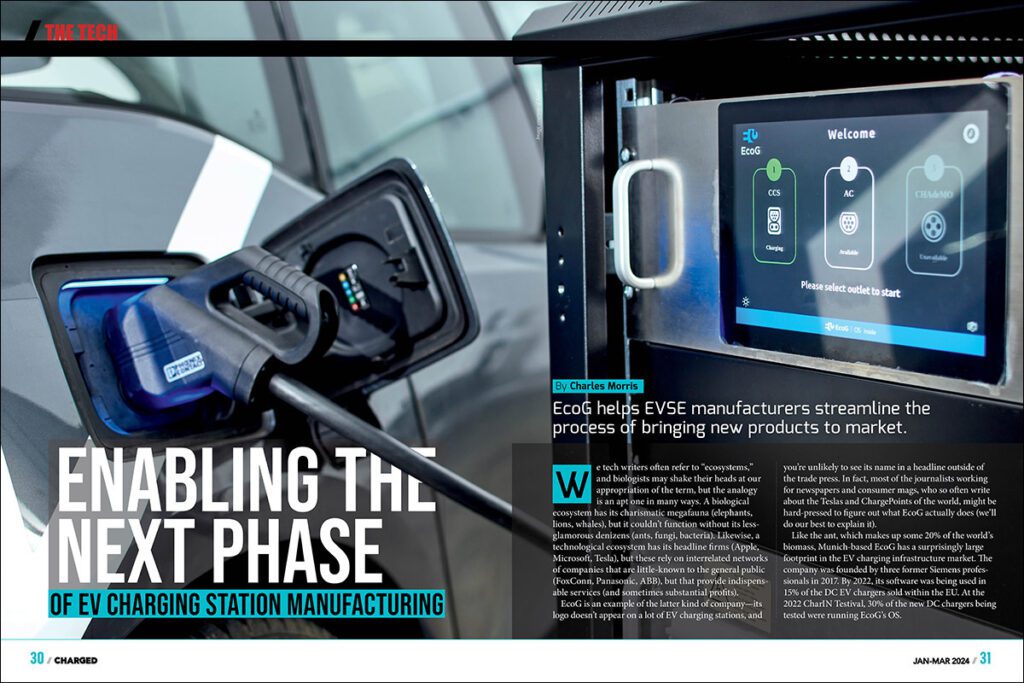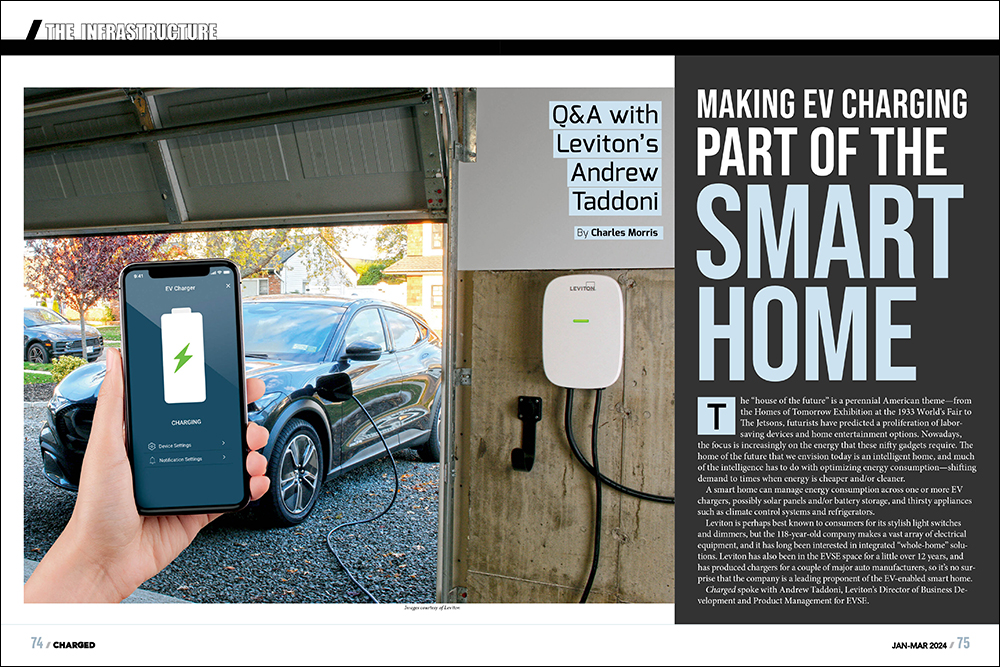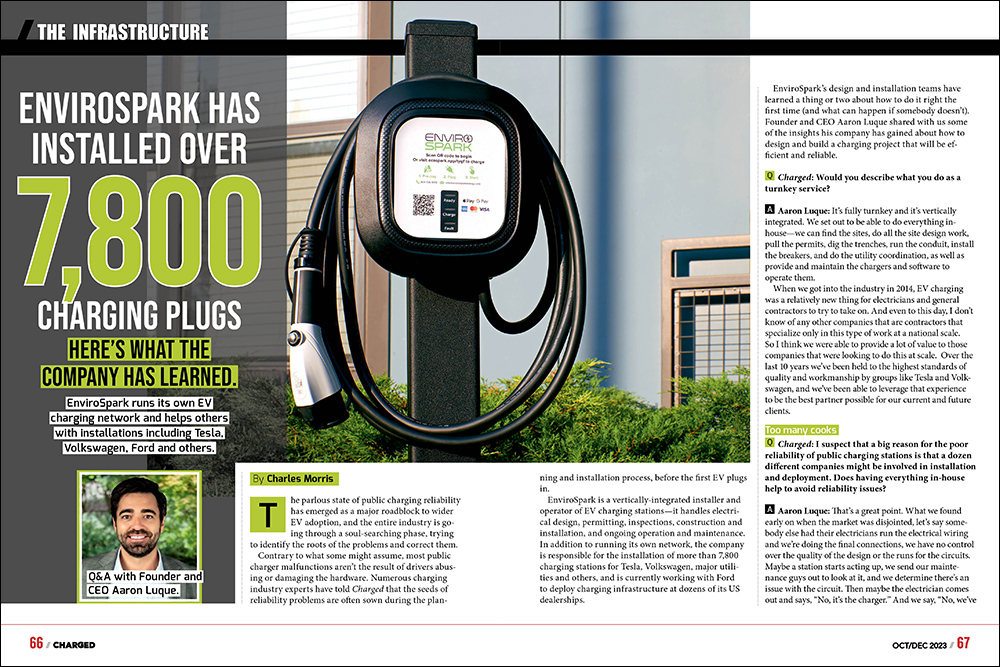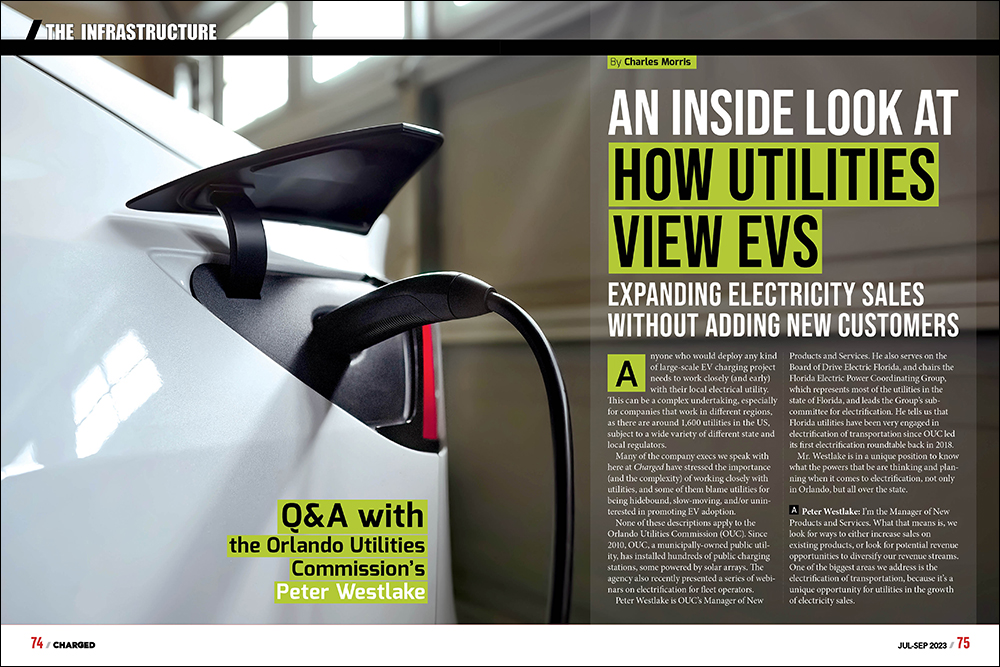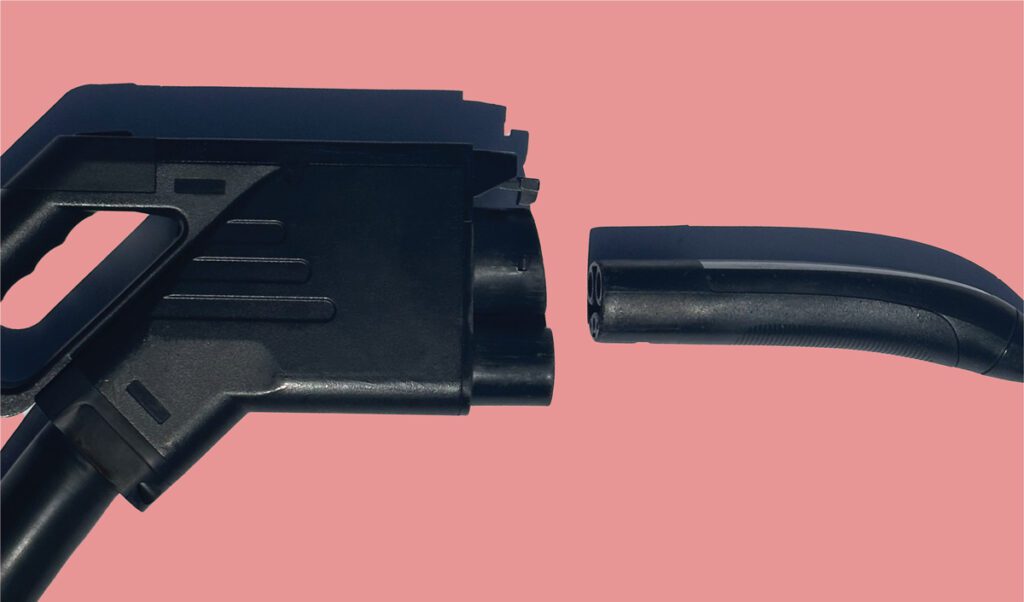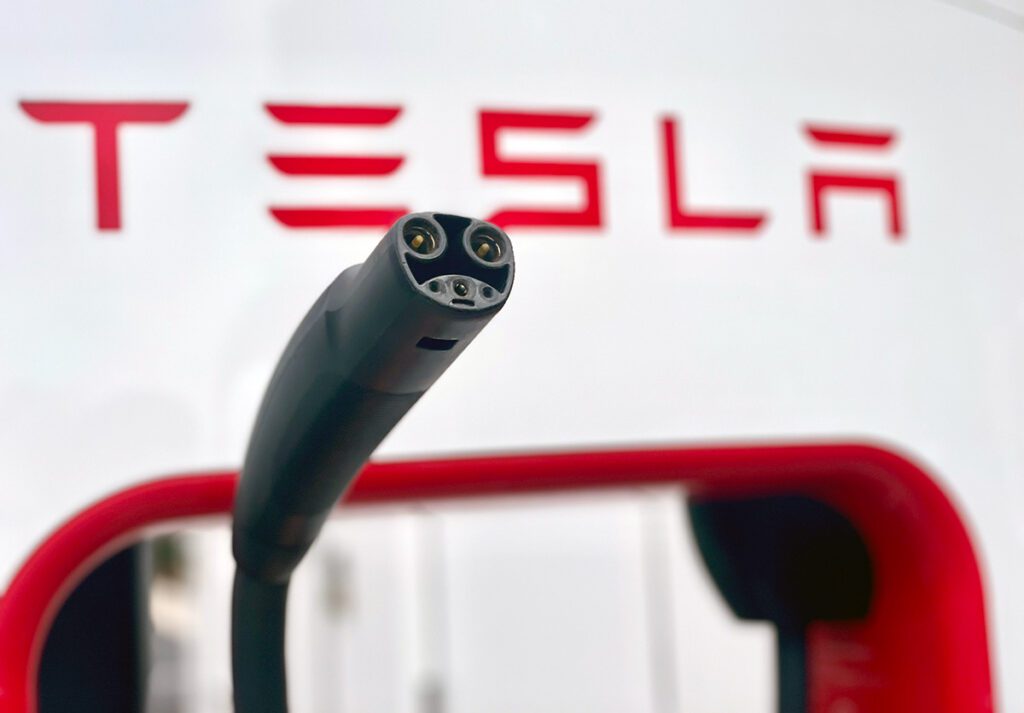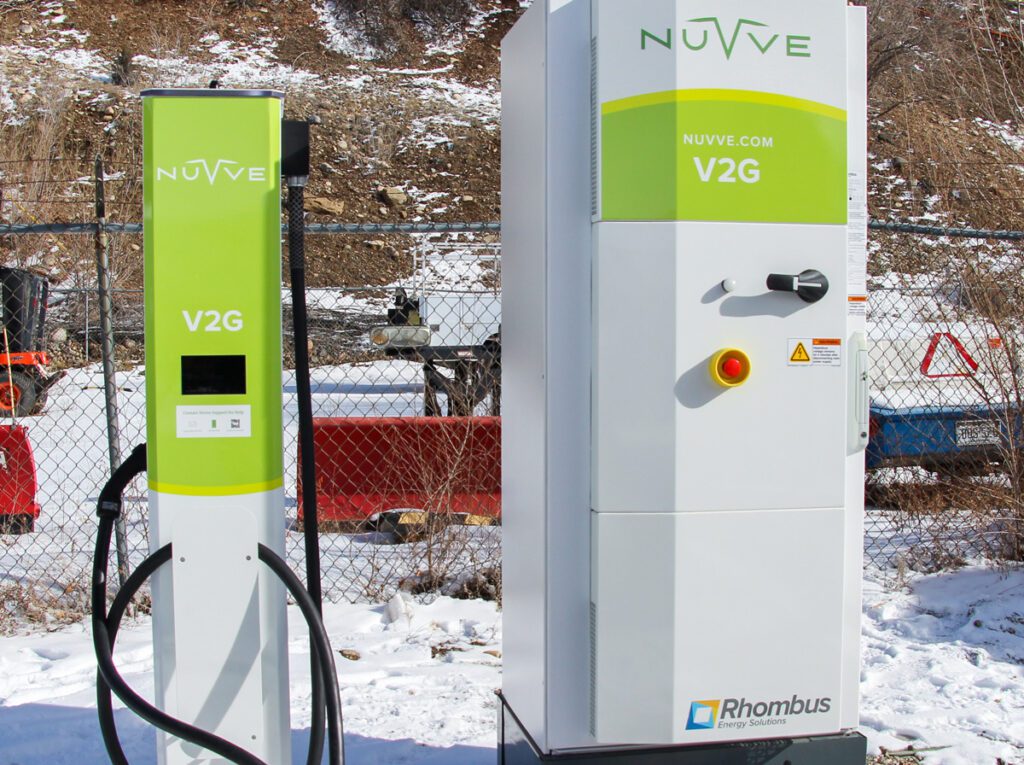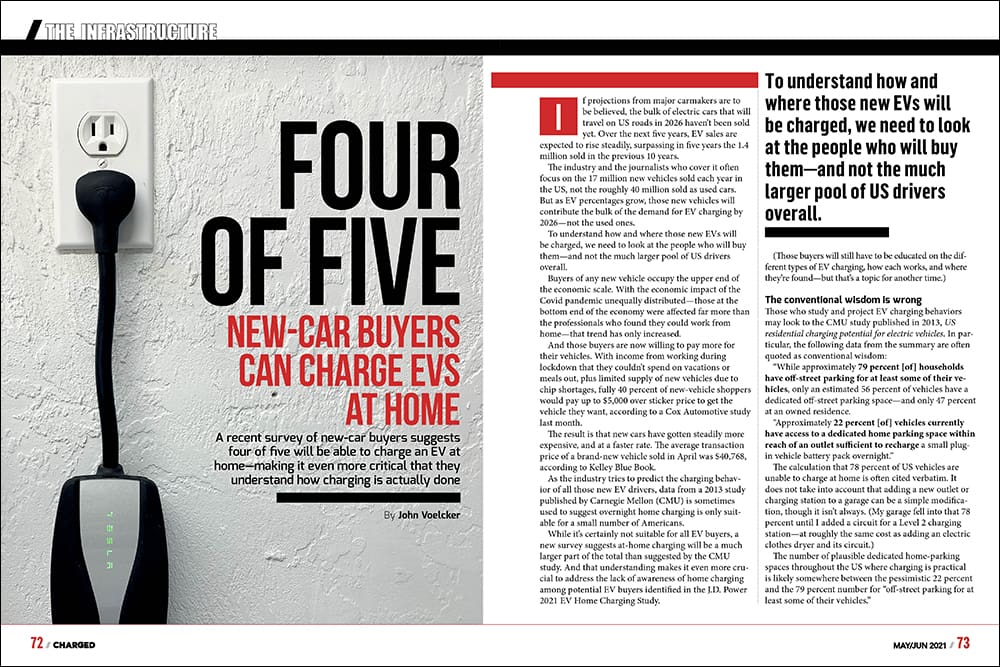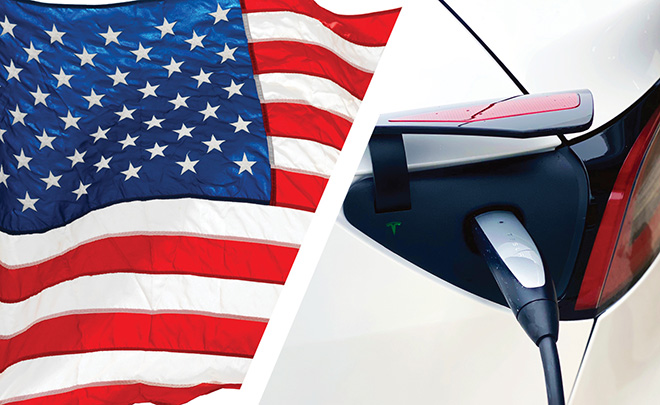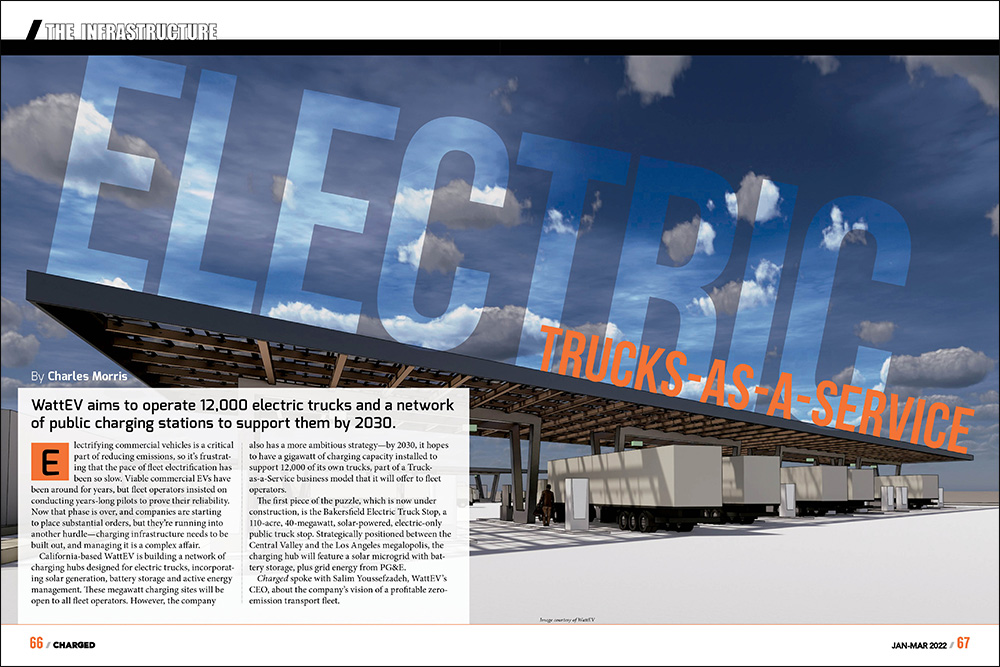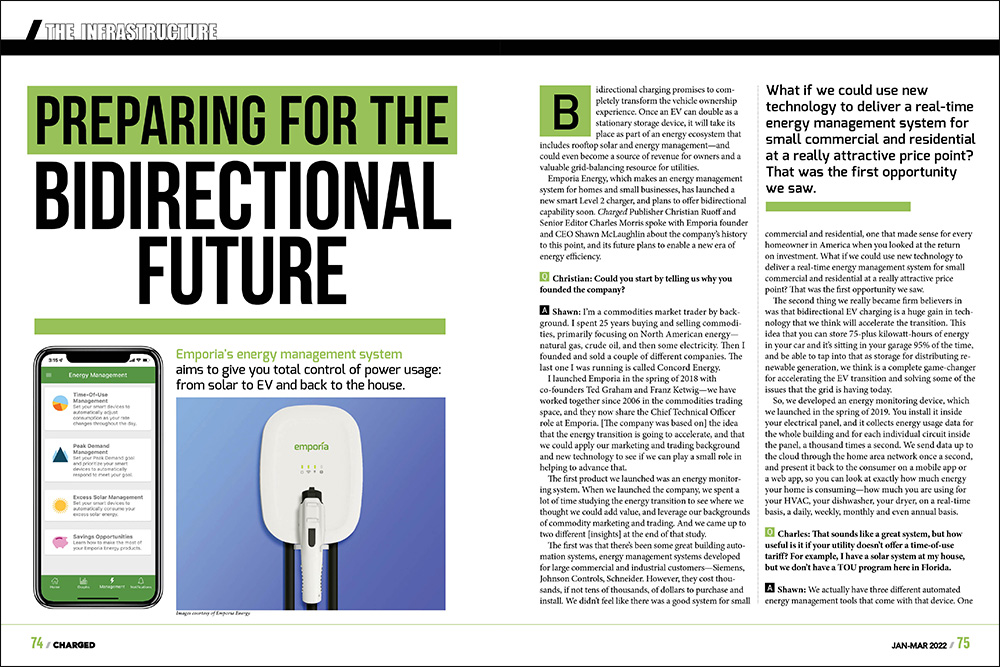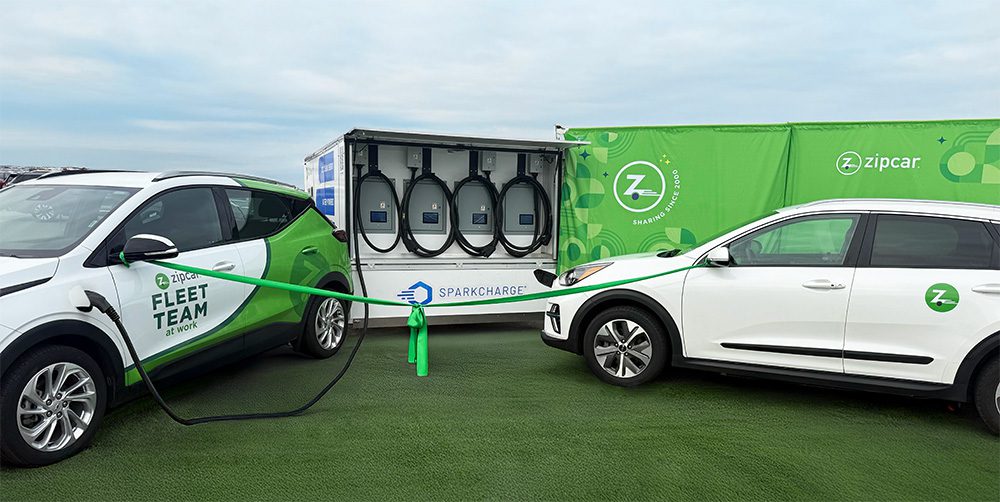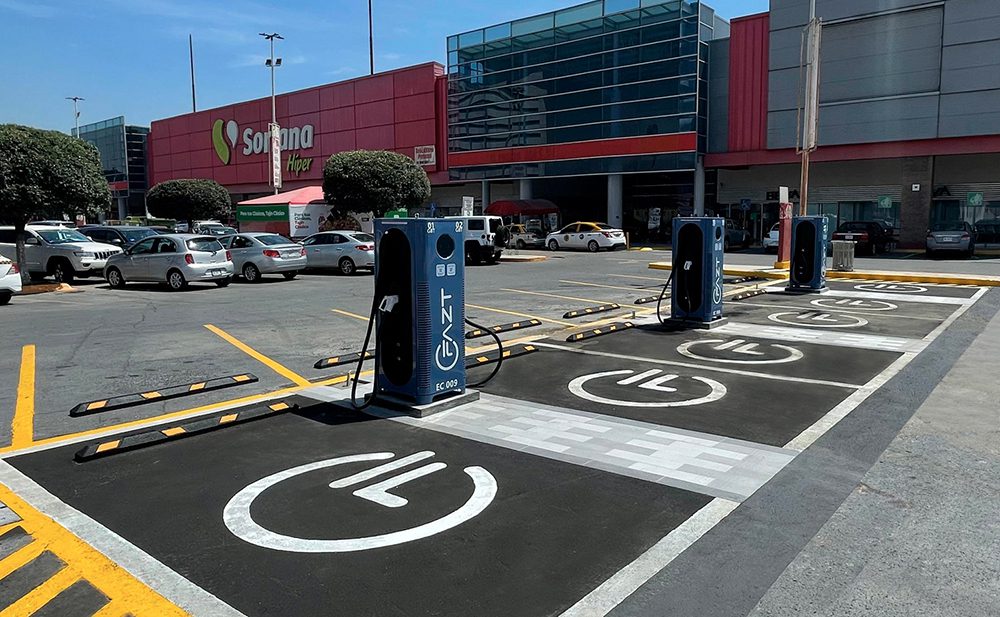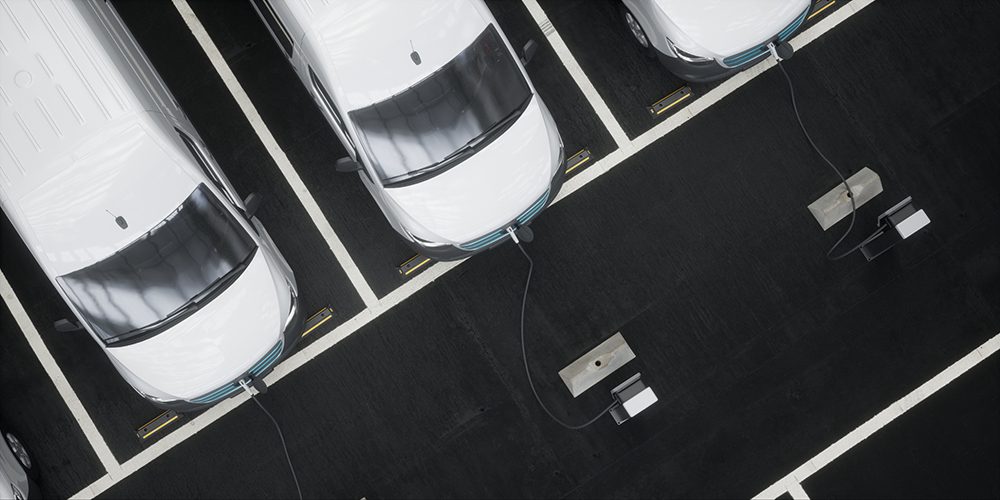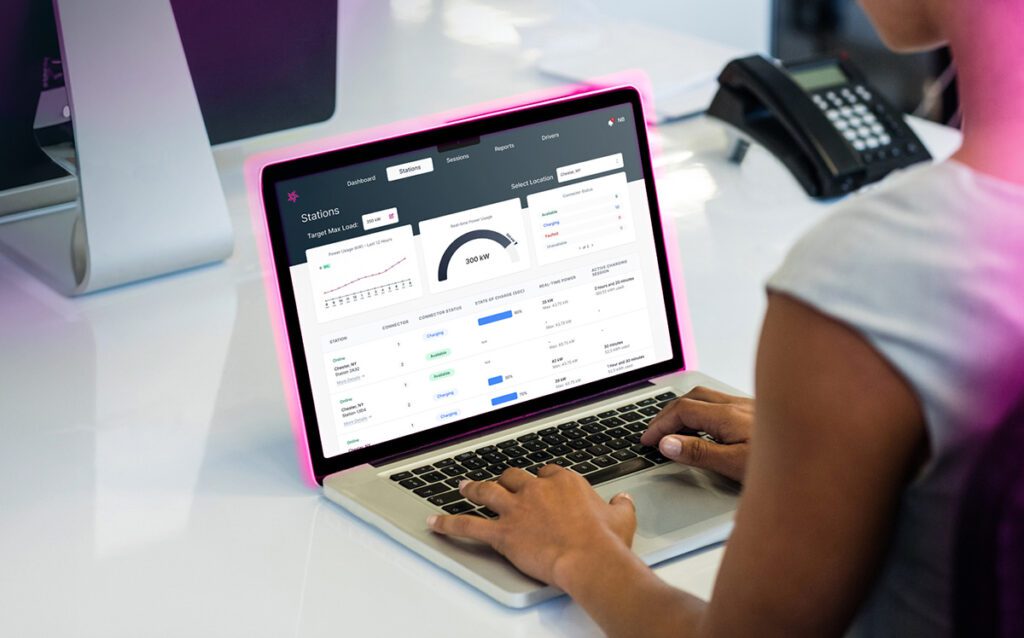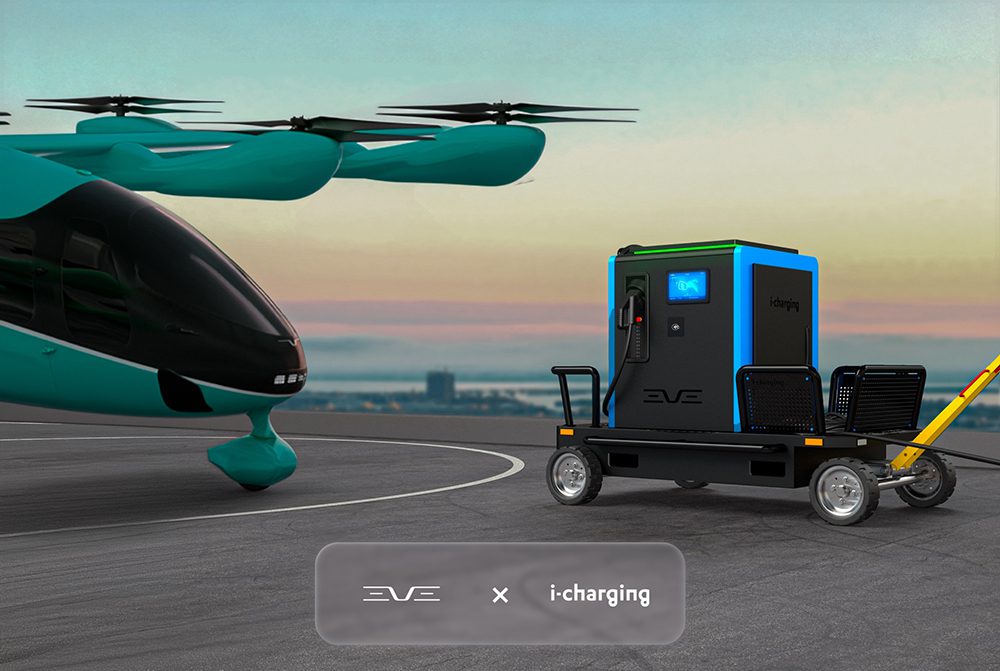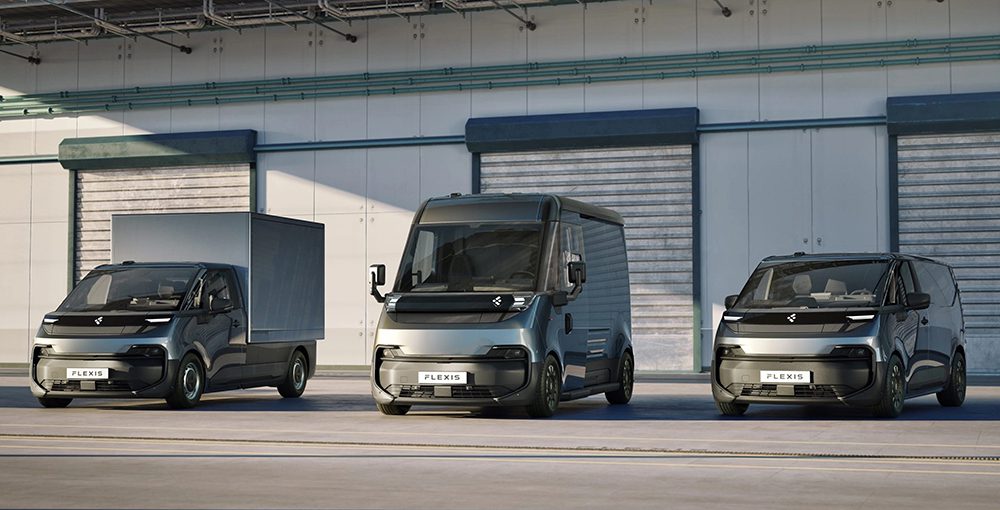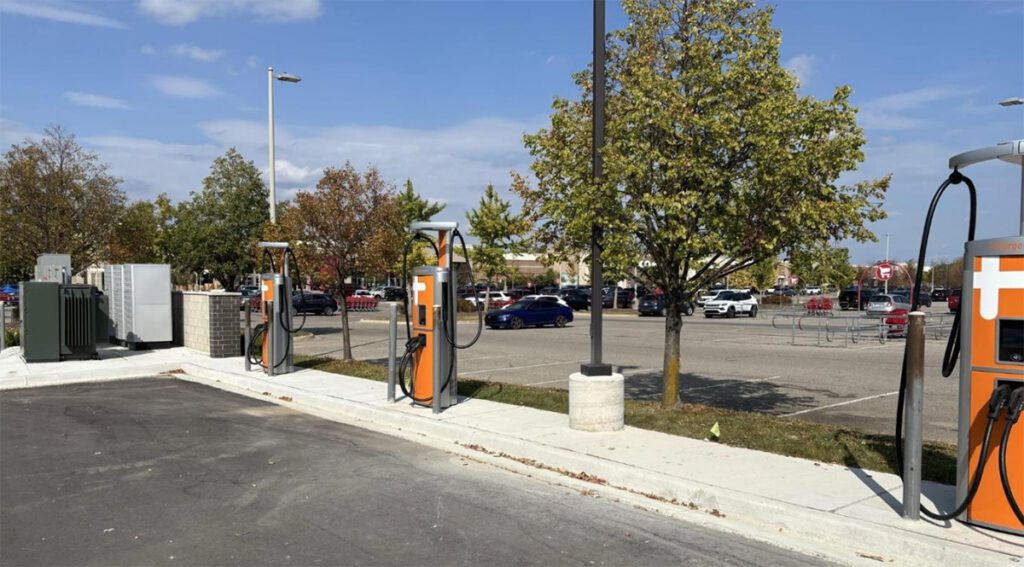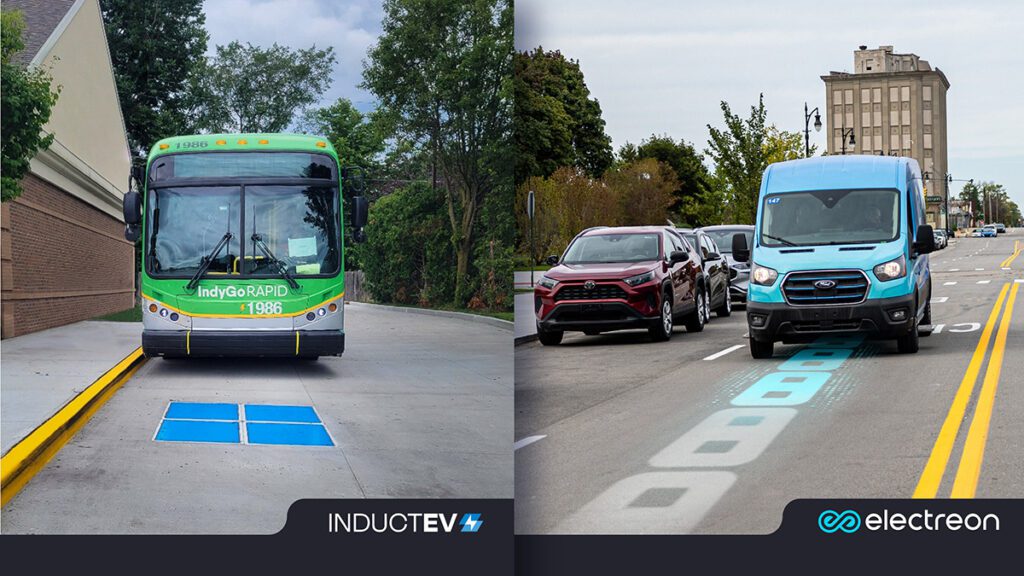ChargePoint, which operates a vast public charging network, is now targeting the residential market with the launch of its new home EV charging station. ChargePoint Home is a small and sleek unit – with a footprint about the size of the average tablet – that plugs into a standard 240 V outlet and can be installed either indoors or outdoors.
“ChargePoint has spent years perfecting commercial charging stations, and with over 20,000 charging spots, we have built the largest EV charging network in the world. With our entrance into the single-family home market, we are giving even more people the most advanced tools needed to confidently and conveniently drive an EV,” said ChargePoint CEO Pasquale Romano. “Smart homes, smart phones and smart cars. It makes sense to connect them to create a user-friendly, efficient and complete charging system at home.”
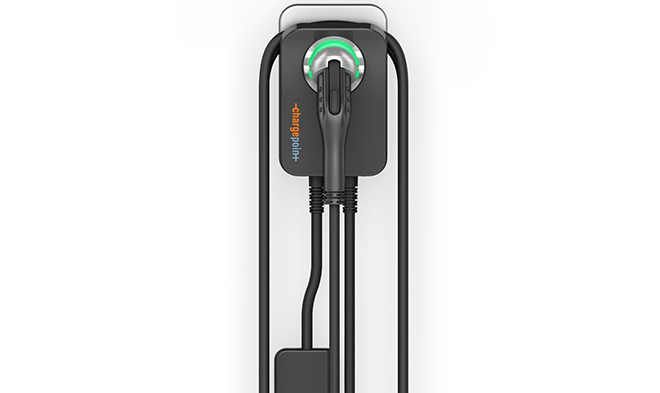
Unlike most chargers, ChargePoint Home comes with an interchangeable cord, which is expected to give it an edge in price. “Not being tied to a cable length and the ability to change that…is going to be a huge cost advantage,” Romano told Charged. “It turns out that the cost of the cable relative to the unit is high because there’s so much copper in it. You’ll be able to buy a short cable or a long cable, [and a high-] or a low-amperage cable. The unit detects that and it provides the right power. Let’s say you have a Prius Plug In. ‘I don’t want to spend the extra money on a [high-amperage] cable, I just want to buy a 16-amp cable.’ Then you go from a Prius to a Model S. ‘Now I want 32 amps and the hatch is on other side of the car, so I want a longer cable.’”
MORE: ChargePoint adds option to pay for charging with PayPal
ChargePoint Home will also be integrated with the popular Nest Smart Thermostat. Romano can’t reveal too much about this yet, but he did say: “What Nest wants to do is use every possible indicator of presence detection, and one of the easiest is when you just rolled into your garage and plugged your car in. So at a minimum we’re going to have another source of presence detection for a Nest environment in your house. In the future, should Nest or anyone else do things with energy management, we’ll be able to integrate with that too.”
Source: ChargePoint















































